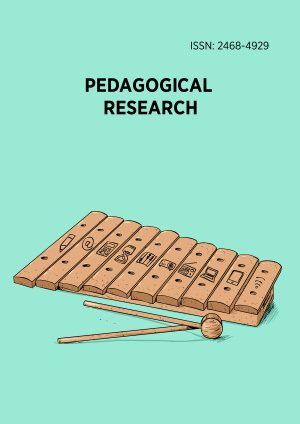Abstract
This paper seeks to gain insights into teachers’ perceptions, and readiness to integrate information and communication technology (ICT) tools in mathematics instruction. A mixed-methods approach was employed, involving surveys and interviews with a sample of high school mathematics teachers. The study involved 90 mathematics teachers working in three senior high schools in Kumasi metropolis in Ghana. The study revealed that teachers generally hold positive perceptions of the benefits of ICT tools in mathematics teaching. They strongly agree that ICT tools enhance students’ understanding of mathematical concepts and improve their engagement and motivation in mathematics classes. Teachers also recognize the potential of ICT tools in promoting problem-solving skills and providing opportunities for differentiation and personalized learning. However, opinions regarding student-centered learning, exploration, and creativity through ICT tools were more varied, suggesting a need for further investigation and support in these areas. In addition teachers expressed the need for continuous training on specific tools, curriculum alignment, and assessment methods.
License
This is an open access article distributed under the Creative Commons Attribution License which permits unrestricted use, distribution, and reproduction in any medium, provided the original work is properly cited.
Article Type: Research Article
PEDAGOGICAL RES, Volume 9, Issue 1, January 2024, Article No: em0179
https://doi.org/10.29333/pr/14032
Publication date: 01 Jan 2024
Online publication date: 16 Dec 2023
Article Views: 2789
Article Downloads: 1773
Open Access References How to cite this article
 Full Text (PDF)
Full Text (PDF)